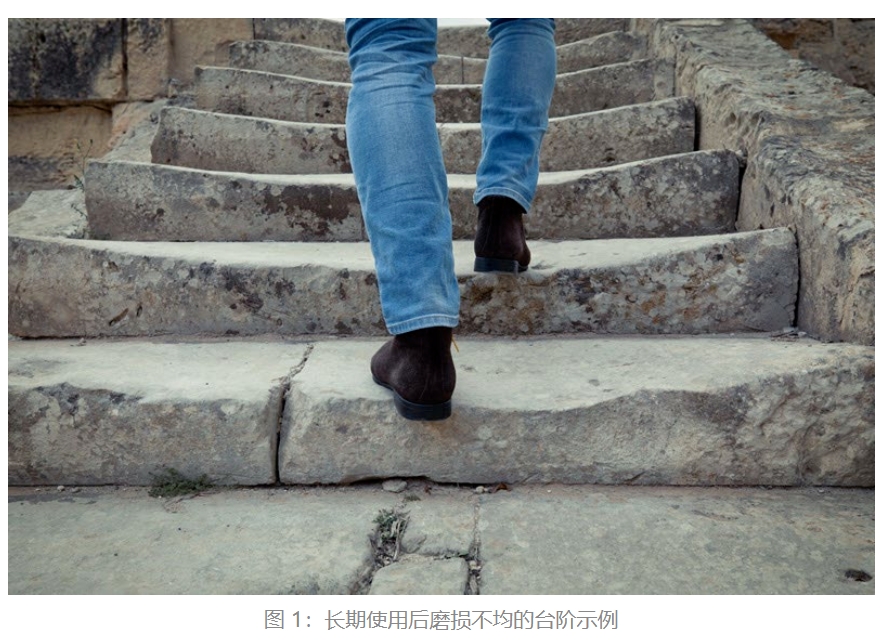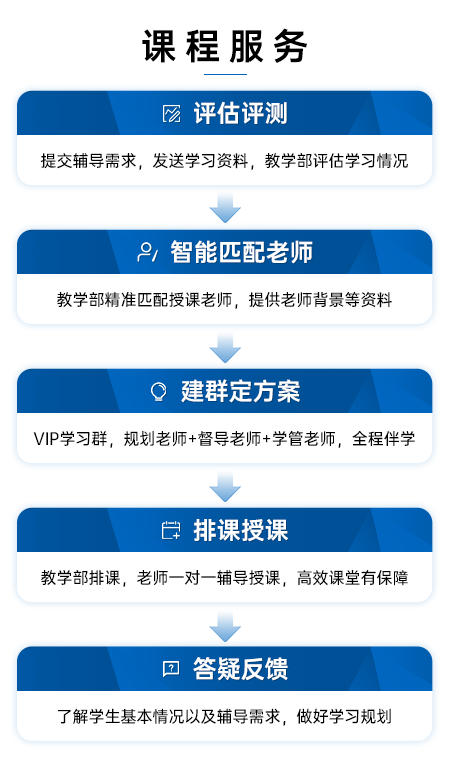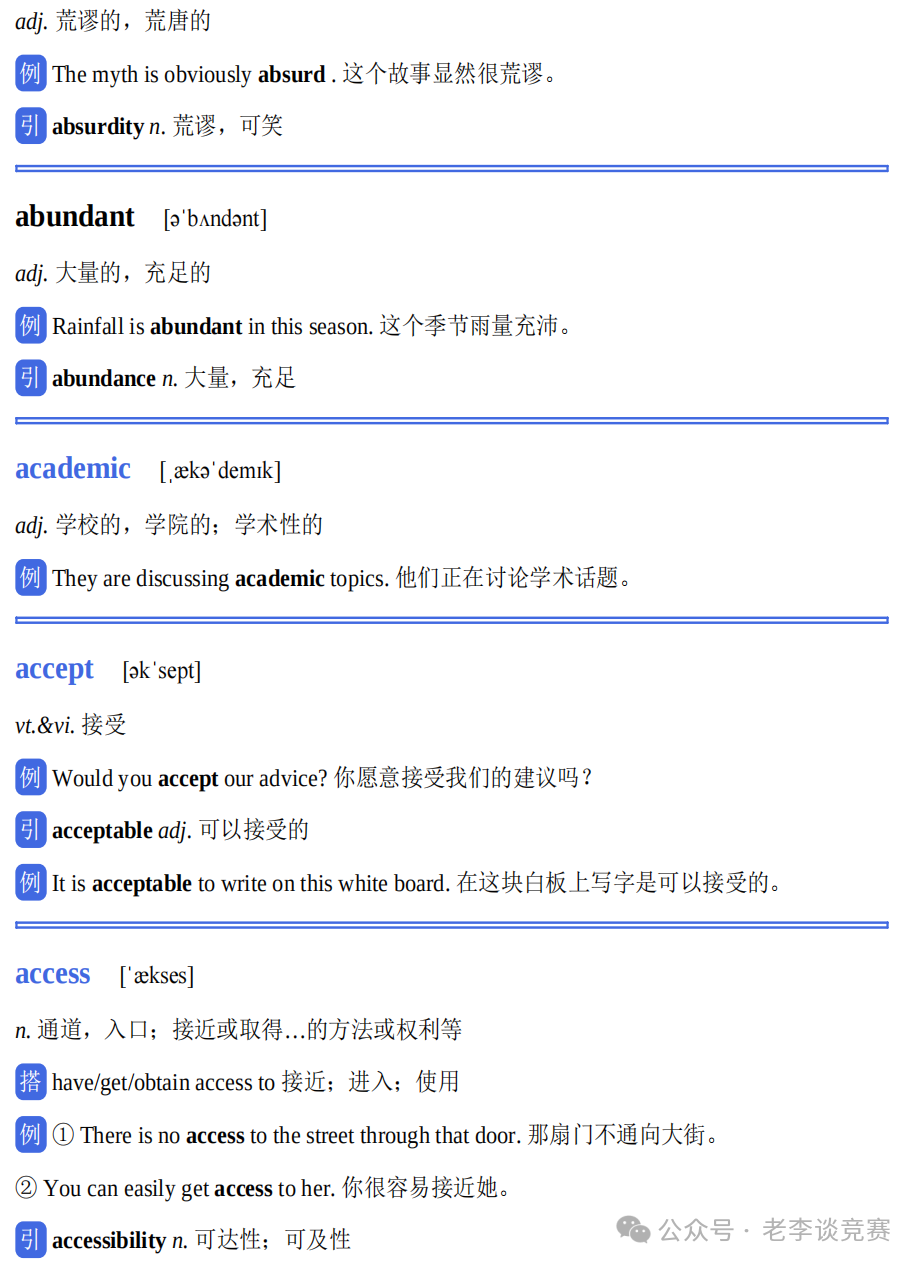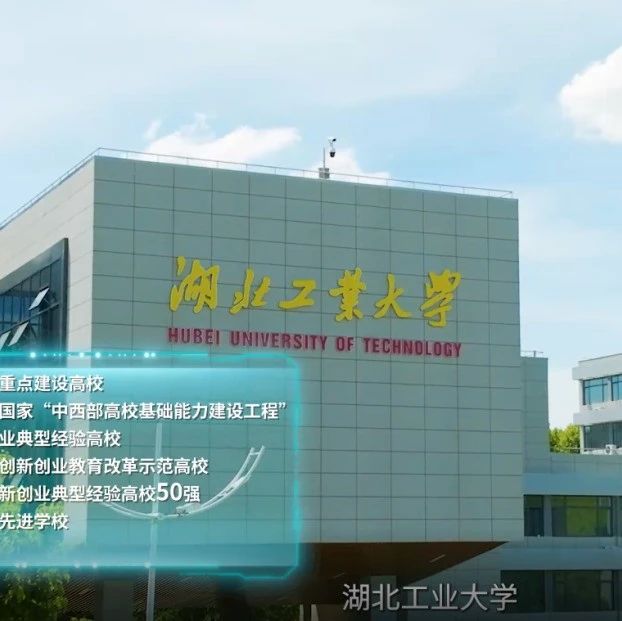中文赛题:测试时间:楼梯的持续磨损
石头象征着坚定的永恒,由于其抵抗磨损的能力,它被用作建筑材料。然而,即使是石头也无法完全免受磨损。唯一比石头更能经受考验的,是人类的坚持不懈。

楼梯所用的石头及其他材料长期以来不断受到磨损,这种磨损可能会出现不均匀的情况。例如,在一些极为古老的寺庙和教堂中,楼梯中央部分的磨损可能比边缘部分更严重,使踏板顶部不再平整,而可能呈现弯曲的形态。由于这些建筑物的性质,它们往往在很长一段时间内有人居住,但人们出现在该地点的时间往往早于建筑物的建造时间。这使得准确判断某一建筑物的建造日期变得非常困难。
您的团队被要求提供指导,以帮助考古学家从一组磨损的楼梯中得出信息。这些楼梯可能由多种材料建造,例如石材或木材。关于楼梯的建造时间可能有一个估计值,但很难得出一个精确的时间点。历史记录可能并未清晰表明某一时间段内建筑物中的哪组楼梯被建造。
除了年代之外,考古学家可能还对确定与楼梯间使用方式相关的交通模式感兴趣。例如,人们是否同时上下楼梯,还是在任何给定时间都使用一个主要方向?考古学家可能还想确定楼梯间的使用频率。例如,是否有很多人在短时间内使用它,还是只有少数人在很长一段时间内使用它?
您的团队被要求开发一个模型,用于根据某组楼梯的磨损模式得出一些基本结论:
- 楼梯的使用频率是多少?
- 使用楼梯时是否存在某一方向的偏好?
- 同一时间有多少人使用楼梯?(例如,两人并排行走或单行通过?)
您可以假设考古学家可以接触到相关结构,并可以获得您的团队认为重要的任何测量结果。测量必须以非破坏性的方式进行,成本必须相对较低,并且可以由一小队人使用最少的工具进行测量。您应该明确需要进行哪些测量。
还有一些更复杂的问题需要解决。假设有楼梯使用方式的相关信息、楼梯年龄的估计值,以及关于建筑日常生活模式的信息,请回答以下问题:
- 磨损是否与现有信息一致?
- 楼梯的年龄估算值是多少?估算的可靠性如何?
- 是否可以判断楼梯经历了哪些维修或翻新?
- 是否可以确定材料的来源?例如,石材的磨损是否与考古学家认为的采石场材料一致?如果使用的是木材,其磨损是否与树种和树龄的假设相符?
- 是否可以推断典型一天中使用楼梯的人数?是有大量人在短时间内使用过楼梯,还是少量人在较长时间内使用过楼梯?
您的 PDF 解决方案总页数不得超过25页,包括:
- 一页摘要页。
- 目录。
- 完整解决方案。
- 一封给交通官员的信(一页)。
- 参考文献列表。
- AI使用报告(如果使用不计入 25 页总限制)。
注意:完整的 MCM 提交文件没有特定的最低页数要求。您最多可使用 25 页来包含您的所有解决方案内容及其他补充信息(例如图纸、图表、计算和表格)。允许提交部分解决方案。我们允许谨慎使用 AI 工具(例如ChatGPT),但完成本问题并不一定需要使用 AI 工具。如果您选择使用生成式 AI 工具,必须遵循 COMAP的 AI使用政策。此政策要求您在解决方案文件的最后额外添加一份 AI 使用报告,不计入 25 页的总限制。
全新 MCM/ICM:在线提交流程
本文旨在协助和指导参加 MCM/ICM 的学生和顾问。在文章中,COMAP 提供了有关使用新在线提交页面的新在线提交流程的信息:
https://forms.comap.org/241335097294056
您需要团队的控制号、顾问 ID 号和问题选择才能完成提交。
术语表
永恒:无限期地持续或保持不变的状态或性质。
免受:无法受到影响。
非破坏性:不涉及损坏或破坏,尤其是对正在评估的物体或材料。
Problem: Testing Time: The Constant Wear On Stairs
Stone is a symbol of steadfastpermanence, and carved rock is used as a building material because of its ability to resist wear. Despite its durability, even stone is notimperviousto wear. One of the few things more resilient is the persistence of people.

The stone and other materials used to create steps are subject to constant, long-term wear, and the wear can be uneven. For example, extremely old temples and churches may have stairs in which the center of the steps has been worn down more than their edges, and the treads no longer have a level top but can appear to be bowed. Due to the nature of such structures, the buildings tend to have been inhabited by people over a very long period, but the presence of people at a particular site often predates the construction of buildings. This can make it difficult to accurately determine the date a structure was constructed. The situation is further complicated when construction on a structure occurs over a very long time, renovations have been made, and new parts to the structure have been added over time.
Your team is asked to provide guidance on what information archaeologists can determine from a set of worn stairs. The stairs may be constructed from various materials, for example stone or wood. Also, an estimate of when a set of stairs was constructed may be available, however, it may be difficult to get a precise time. It may not be clear from the historical records which set of stairs in a structure was constructed in each time period.
In addition to age, an archaeologist may also be interested in determining the traffic patterns associated with how a stairwell was used. For example, were people moving up as well as down the stairs at the same time or was a predominant direction used at any given time? An archaeologist may also want to determine how often the stair well was used. For example, did a large number of people use it over a short period or did a few people use it over a very long period?
Your team is asked to develop a model that can determine what basic conclusions can be drawn given a set of stairs. Your model should provide some basic predictions given the patterns of wear on a particular set of stairs:
- How often were the stairs used?
- Was a certain direction of travel favored by the people using the stairs?
- How many people used the stairs simultaneously? (For example, did pairs of people climb the stairs side-by-side or did they travel single file?)
You can assume that an archaeologist has access to the structure in question and can obtain whatever measurement your team believes is important. The measurements must be made in a way that isnon-destructive, the cost must be relatively low, and the measurements can be taken by a small team of people with minimal tools. You should make clear what measurements are required.
There are other questions that may be more difficult to address. Assuming an estimate of the age exists, the way the stairwell was used, and an estimate on the daily patterns of life in the structure are available, determine what guidance can be provided to the following questions:
- Is the wear consistent with the information available?
- What is the age of the stairwell and how reliable is the estimate?
- What repairs or renovations have been conducted?
- Can the source of the material be determined? For example, if stone is used is the wear consistent with materials from a quarry the archaeologist believes is the original source or if wood was used is the wear consistent with the age and type of trees that are assumed to be used?
- What information can be determined with respect to the numbers of people using the stairs in a typical day and were there large numbers of people using the stairs over a short time or a small number of people over a longer time?
Your PDF solution of no more than 25 total pages should include:
- One-page Summary Sheet.
- Table of Contents.
- Your complete solution.
- One-page letter to the transportation officials.
- References list.
- AI Use Report (If used does not count toward the 25-page limit.)
Note: There is no specific required minimum page length for a complete MCM submission. You may use up to 25 total pages for all your solution work and any additional information you want to include (for example: drawings, diagrams, calculations, tables). Partial solutions are accepted. We permit the careful use of AI such as ChatGPT, although it is not necessary to create a solution to this problem. If you choose to utilize a generative AI, you must follow the COMAP AI use policy. This will result in an additional AI use report that you must add to the end of your PDF solution file and does not count toward the 25 total page limit for your solution.
NEW MCM/ICM: Online Submission Process
The purpose of this article is to assist and guide students and advisors participating in MCM/ICM. In the article, COMAP, provides information about the new online submission process using the new online submission page:
https://forms.comap.org/241335097294056
You will need your team's control number, advisor id number and your problem choice to complete your submission.
Glossary
Permanence: The state or quality of lasting or remaining unchanged indefinitely.
Impervious: Unable to be affected by.
Non-destructive: Not involving damage or destruction, especially of an object or material that is being evaluated.















